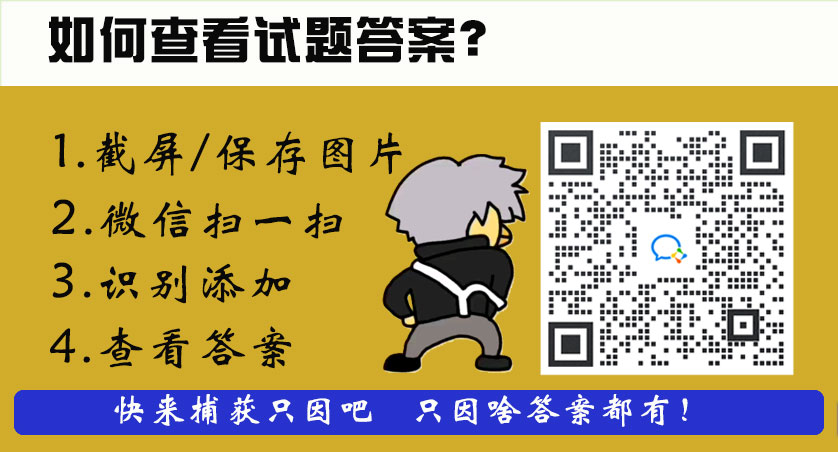《英语周报》报纸答案高二23期,我们目前整理分享关于《英语周报》报纸答案高二23期及其参考答案,2如需答案 请关注微信公众号:考不凡/直接访问www.kaobufan.com(考不凡)

1、《英语周报》报纸答案高二23期
2、2023滨州八年级下册英语周报
3、英语辅导报2022到2023答案九年级
18.A number ofexperts(专家) have been sent to the flood area. 试题答案
分析 许多专家被派往去了洪灾地区.
解答 答案:experts 考查翻译填空.expert意为"专家",因a number of意为"许多",后接名词时要用复数,expert的复数是experts.
点评 考查翻译填空,准确地理解句子、翻译句子,然后根据句意及提示确定所填单词词性,正确写出单词完成句子,使句意更通顺.
Can you believe your eyes? A recent experiment suggests that the answer to that question may depend on your age.
Martin Doherty, a psychologist at the University of Stirling in Scotland, led the team of scientists. In this experiment, Doherty and his team tested the perception(观察力) of some people, using pictures of some orange circles. The researchers showed the same pictures to two groups of people. The first group included 151 children aged 4 to 10, and the second group included 24 adults aged 18 to 25.
The first group of pictures showed two circles alone on a white background. One of the circles was larger than the other, and these people were asked to identify the larger one. Four-year-olds identified the correct circle 79 percent of the time. Adults identified the correct circle 95 percent of the time.
Next, both groups were shown a picture where the orange circles, again of different sizes, were surrounded by gray circles. Here's where the trick lies in. In some of the pictures, the smaller orange circle was surrounded by even smaller gray circles —making the orange circle appear larger than the other orange circle, which was the real larger one. And the larger orange circle was surrounded by even bigger gray circles—so it appeared to be smaller than the real smaller orange circle.
When young children aged 4 to 6 looked at these tricky pictures, they weren't fooled—they were still able to find the bigger circle with roughly the same accuracy as before. Older children and adults, on the other hand, did not do as well. Older children often identified the smaller circle as the larger one, and adults got it wrong most of the time.
As children get older, Doherty said, their brains may develop the ability to identify visual context. In other words, they will begin to process the whole picture at once: the tricky gray circles, as well as the orange circle in the middle. As a result, they're more likely to fall for this kind of visual trick.
1.Why are younger children not fooled?_____________.
A. Because their brain can hardly notice related things together.
B. Because older people are influenced by their experience.
C. Because people's eyes become weaker as they grow older.
D. Because they are smarter than older children and adults.
2.Doherty and his team of scientists did an experiment to evaluate_____________.
A. children's and adults' eye-sight
B. people's ability to see accurately
C. children's and adults' brains
D. the influence of people's age
3.When asked to find the larger circle,_____________.
A. children at 6 got it wrong 79 % of the time with no gray ones around
B. only adults over 18 got it right 95% of the time with gray ones around
C. children at 4 got it right about 79 % of the time with gray ones around
D. adults got it right most of the time with gray ones around
4.According to the passage, we can know that_____________.
A. a smaller orange circle appears bigger on a white background
B. an orange circle appears bigger than a gray one of the same size
C. a circle surrounded by other circles looks bigger than its real size
D. a circle surrounded by bigger ones looks smaller than its real size